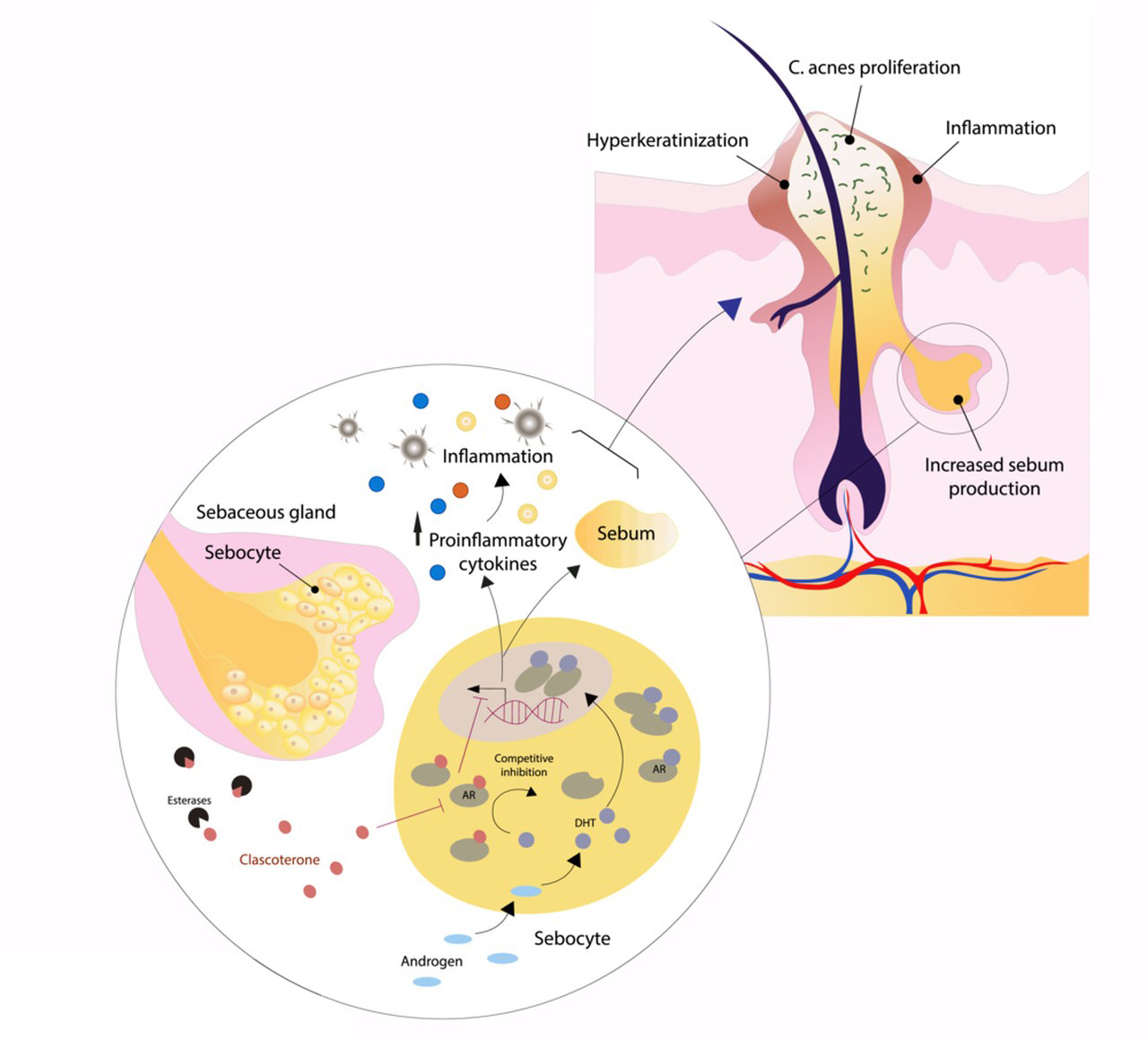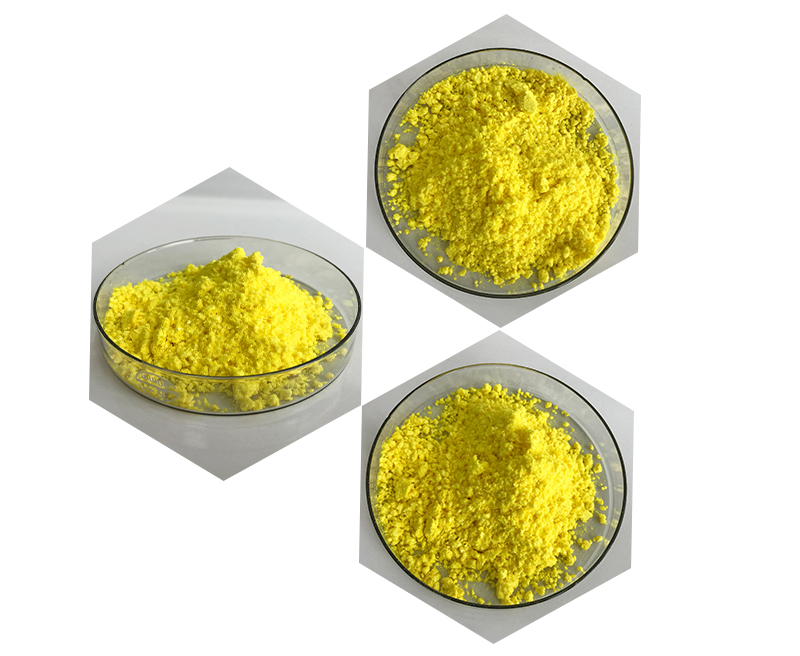Retinoic acid, a derivative of vitamin A, is a biologically active compound that plays crucial roles in various physiological processes, including cell differentiation, growth, and development. It is commonly used in research and clinical settings for its involvement in embryonic development, cell signaling, and therapeutic applications. Below are the general materials and methods associated with the use of retinoic acid in biological research:
Materials of Retinoic Acid:
1.Retinoic Acid (RA): Obtain a reliable source of retinoic acid. It is available commercially or can be synthesized. Ensure its purity and stability.
2.Solvent: Retinoic acid is often dissolved in a suitable solvent for administration. Dimethyl sulfoxide (DMSO) is a common choice, but the choice may depend on the experimental system.
3.Cell Lines or Tissue Samples: Depending on the research objectives, select appropriate cell lines or tissue samples relevant to the study.
4.Cell Culture Media: Choose a suitable cell culture medium based on the cell lines used. Ensure that the medium contains necessary nutrients, serum, and supplements.

5.Fetal Bovine Serum (FBS): Used as a supplement in cell culture media to provide essential growth factors and nutrients.
6.Pipettes and Pipette Tips: For accurate measurement and dispensing of liquids.
7.Cell Culture Plates or Flasks: Use sterile culture vessels for maintaining cells in culture.
8.Incubator: Maintain a controlled environment with appropriate temperature, humidity, and CO2 levels for cell culture.
9.Microscope: Necessary for observing cell morphology and assessing cell behavior.
10.Analytical Instruments: Depending on the specific research goals, additional instruments may be required, such as spectrophotometers or fluorescence microscopes.
Methods of Retinoic Acid:
1.Preparation of Retinoic Acid Solution:
Weigh the appropriate amount of retinoic acid.
Dissolve it in the chosen solvent (e.g., DMSO) to prepare a stock solution of known concentration.
Filter the solution to ensure sterility if needed.
2.Cell Culture:
Seed cells in culture vessels using the recommended cell density.
Allow cells to adhere and reach an appropriate confluence before treatment.
3.Retinoic Acid Treatment:
Add the retinoic acid solution to the cell culture medium at the desired concentration.
Determine the optimal treatment duration based on the experimental objectives.
4.Control Groups:
Include appropriate control groups, such as untreated cells or cells treated with the solvent alone, to account for potential effects of the vehicle.

5.Cell Harvesting:
Harvest cells at the end of the treatment period for downstream analyses.
6.Analysis:
Perform assays or analyses relevant to the research objectives (e.g., gene expression analysis, immunostaining, flow cytometry) to assess the impact of retinoic acid treatment.
7.Statistical Analysis:
Analyze data statistically to determine the significance of observed effects.
8.Documentation:
Record all experimental details, including concentrations, treatment durations, and results.
It’s essential to tailor these methods to the specific requirements of your experiment and adhere to ethical guidelines and safety protocols in the laboratory. Additionally, always consult the latest literature and protocols for any updates or improvements in methodologies.
